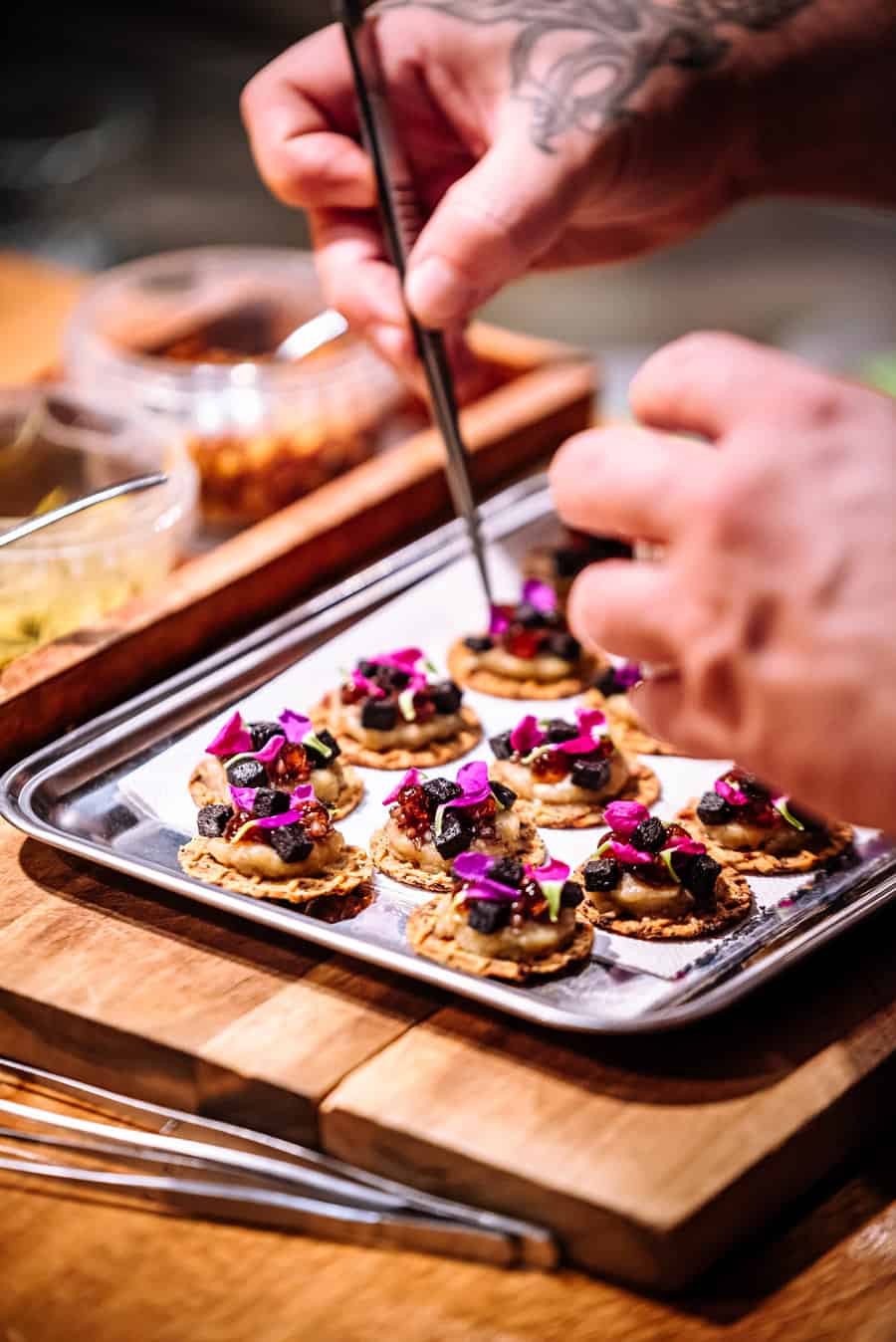Since the beginning, our love for nature has been an essential part of Salt’s culinary philosophy. This not only includes using local, seasonal ingredients or nurturing the best traditions peasant cuisine has to offer but also nature walks, regularly picking our ingredients in the wild and learning all about wild plants, mushrooms and the different ways they can be incorporated in gastronomy.

Whenever they can, Szilárd and his team venture out into the wild to gather herbs and other ingredients: around 80% of the wild ingredients used in our kitchen are put into our baskets during springtime.
The first truly exciting ingredient of the spring besides ramson, wild green onions or deadnettle is morels which has started to become more of an interest of Szilárd and the kitchen team in the past 2-3 years.

In addition to our discoveries, in March we chose the plug-in hybrid Range Rover Velar, which offers economical and easy driving, with an electric range of up to 64 km. (paid partnership)
Members of this family of mushrooms, which are widespread and popular throughout Europe (several species belong to the morel family) grow in forests, edges of forests, grassy areas, and sometimes in mulch-covered areas. Szilárd and the team, for instance, collect Czech morels first, then the yellow morel or morchella esculenta in the forests around Ócsa (the precise location is a closely guarded secret).
Morels all around the country are beloved by mushroom pickers as they grow during the time of year when a limited number of mushrooms can be picked. As Szilárd says this is the first proper mushroom of the year, and that’s why mushroom-picking enthusiasts should collect them when they are in season that only lasts for a few weeks.

Morels in the kitchen
The culinary value of morels comes from their unique, delicately spicy scent and lightly earthy taste. Morel caps have a characteristic, yet milder taste than other mushroom species, making them very versatile. Its delicate taste makes it an exquisite addition to a wide variety of sauces and stocks, it is often used au gratin with herb butter, used in jus, side dishes, dried, as a seasoning or as a main ingredient. The larger species (such as the yellow morel) are eaten stuffed all around the country.
In the Salt kitchen, we also experiment with pickling, drying and fermenting so morels can be part of our menu for a longer time as a condiment or as a decorative element on the plate. While experimenting with different preservation methods, Szilárd and the team can gain a better understanding of the various qualities of this wild ingredient: for example, heat treatment before fermentation can not only stabilize the mushroom’s elastic structure but also ensure that it does not rot during fermentation and that lacto-fermentation produces a complex flavour.

Morels and herbs
In Szilárd’s kitchen, morels truly shine paired with herbs that were also picked by the team. Morels go very well with the herbal flavours of medicinal plants and other wild plants, and together they create some incredibly exciting flavours. Also collected during the early spring, maple and elm tree seeds and fruit tree flowers can be beautifully infused into various sauces, especially the ones flavoured with morels.
At the end of March, Szilárd and the team picked a large amount of morels and got them tested. The precious ingredients have since been processed using various preservation methods, so they’ll soon find their way to the menu, for now, mostly as a complementary element to the dishes.
